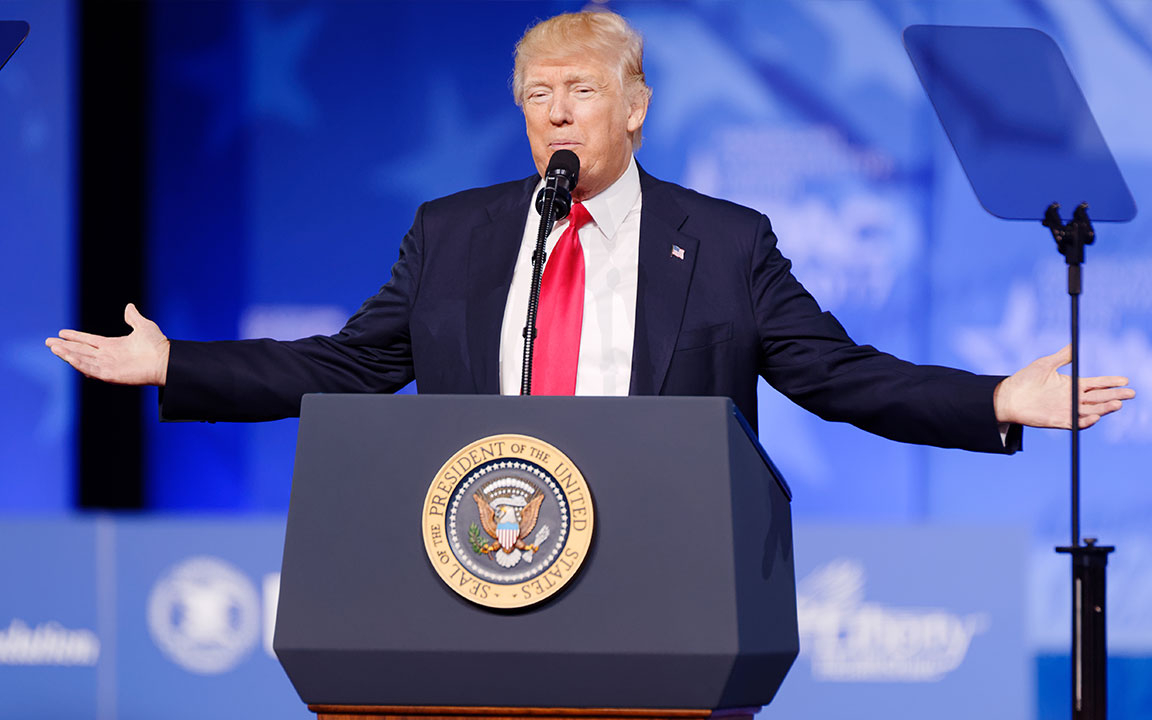By Vivian Santiago
COVINGTON TWP, Pa, Nov 15, 2024 – Presidential elections serve as a beautiful reminder of American individuality and America’s right to freedom. As of November 12th, 2024, Donald Trump has been confirmed as the next president for the 2024-2028 term, meaning American citizens can expect the same policies to be enacted as promised in his campaign. On March 1, 2018, Trump announced his intention to impose a 25% tariff on steel and a 10% tariff on aluminum imports. On average, many imported goods in 2024 will be at a 10% price increase due to these tariffs, with a targeted 60% on Chinese imports solely. However, what are the future effects or possible benefits for this economic plan, and what have companies done in preparation for them?
Trump’s tariff promises send U.S. companies scrambling to cover cost effects and employ contingency plans. Major entrepreneurs and ‘heavy hitters’ of the country’s spenders have been moving bases of operations from China, to Vietnam and Mexico to avoid these shipping costs for their products. According to research from the Peterson Institute for International Economics, an independent, nonpartisan organization, Trump’s tariffs could cost the typical middle-class income U.S. household more than $2,600 for the same items bought in years past. AutoZone, Columbia Sportswear, and Stanley Black & Decker have also confirmed to be raising their prices in the coming years.
Mrs.Gensel, Model United Nations group leader, avid World History educator, and economics teacher, states that businesses should be expected to, “Make drawbacks on cost until they’re aware of what effect it’ll have on their profit margin. So, with that in mind, because there is this threat of a tariff that was not there previously, yes, the businesses are going to be cautious until they can figure out what’s going to actually happen and how much of that tariff they can pass onto the consumer.” She also expresses that as with any huge economic shift or attribute, people should be expecting a transition period that can range from mild to severe.
For one, student Madelyn Spence is concerned over how this will affect a multitude of issues, stating, “Sure, China does pose a minor threat regarding military advancements and industrialization, but they haven’t presented any need for malicious taxing. I fear that a new tariff is going to cause China to declare the US hostile.”
While companies are forced to mitigate risks and lay off workers, the ability to adapt to these external changes often determines a company’s resilience in the face of shifting trade policies. With careful planning and a take-charge approach, companies can not only weather the impact of these tariffs, but also uncover opportunities to humanely and effectively keep their services consistent and convenient for their customers. Tariffs aren’t necessarily a negative aspect, whether money goes to consumers or to country affairs; yet it is always up to the consumer to make the most with what resources may or may not be available.




















